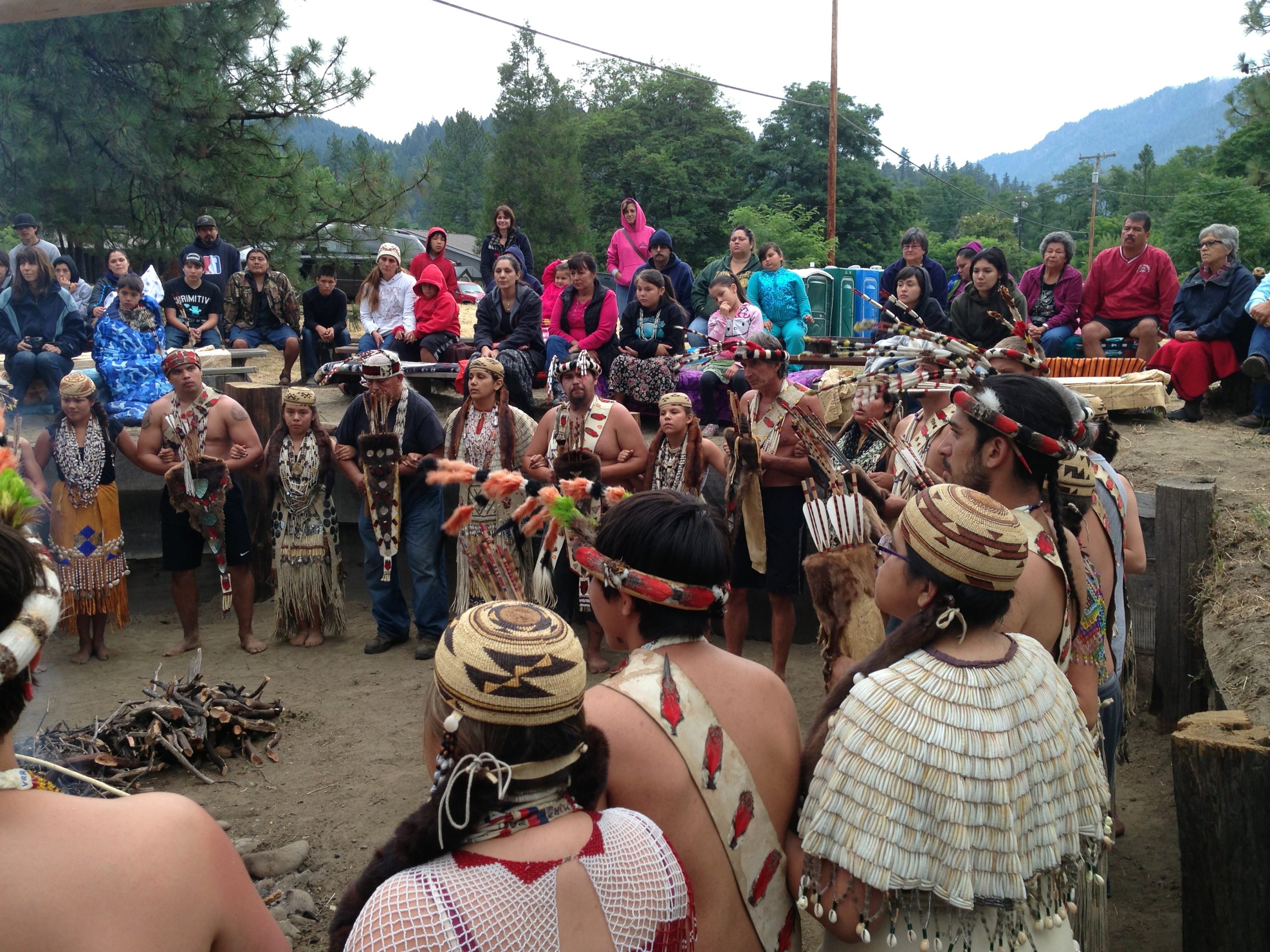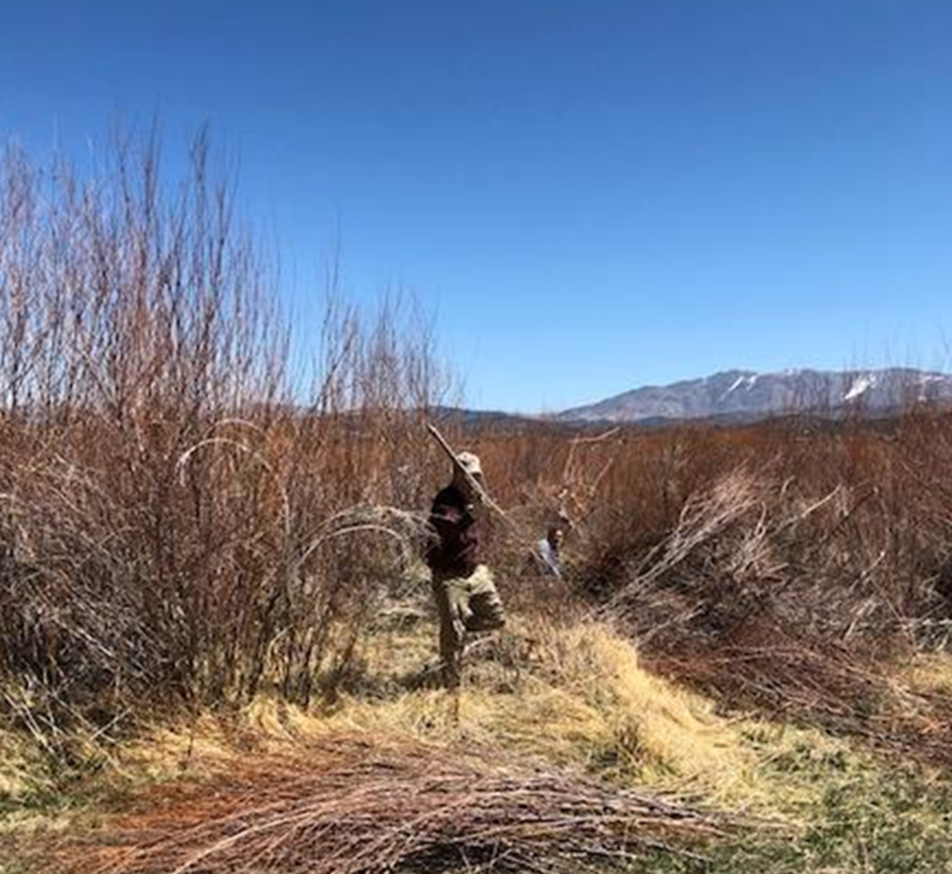
KARUK

Since time immemorial, the Karuk have lived in the Klamath-Siskiyou Mountains in the mid-Klamath River region of Northern California. With an Aboriginal territory that includes an estimated 1.38 million acres, the ancestral people of the Karuk resided in more than one hundred villages along the Klamath and Salmon rivers and tributaries. Thriving with a subsistence economy supported by rich natural endowments and a strong culture-based commitment to land stewardship, Karuk environmental management has shaped the region’s ecological conditions for millennia. Through carefully observing natural processes, the Karuk have developed traditional management regimes based on a landscape-level ecosystem approach.
Karuk People have used fire for millennia. Karuk use of fire has been central to the evolution of the flora and fauna of the mid-Klamath River region of Northern California. Fire has long been an important tool to manipulate fires ranging in size from landscape-scale to patch-scale. Each of these are necessary for Karuk cultural sustenance and well-being. Indeed, Karuk culture is directly dependent on mixed fire severity regimes, and Karuk fire management practices include burning at a specific season, frequency, and intensity to achieve a variety of severities. Frequent, low-intensity fire is linked with various fire-adapted vegetation communities and it is necessary for the maintenance of cultural resources. Fire is especially critical for restoring grasslands for elk, managing for food sources including tanoak and black oak acorns, maintaining quality basketry materials, producing smoke that shades the river for fish, and more.




